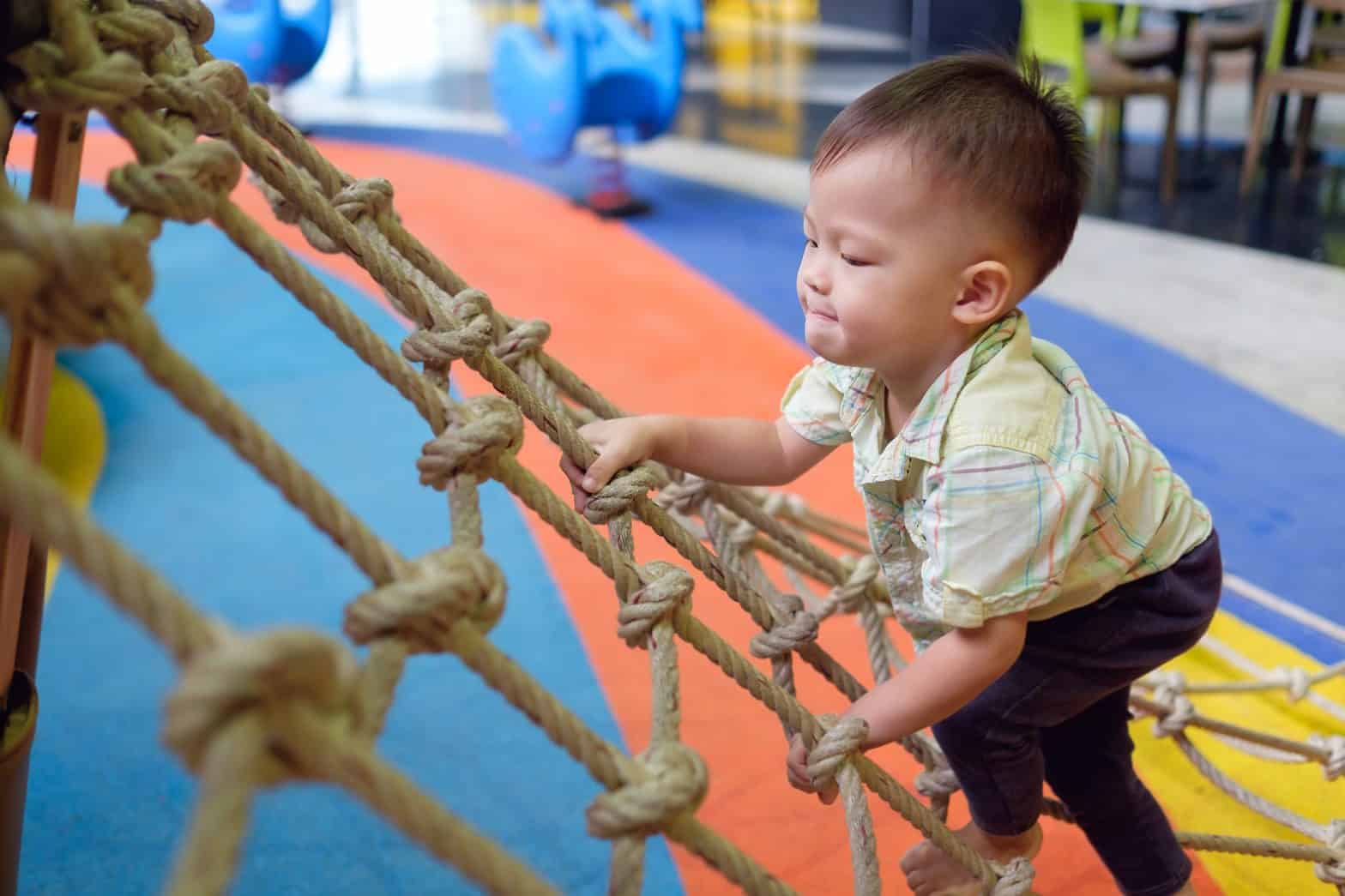
Guide Series: Preschoolers starting primary 1

This guide provides comprehensive Information on Preschoolers starting Primary 1.
Preschoolers & money management – Fun ways to teach money sense to tots
- Written By Juliana
- Updated on
Content > Blogs > Preschoolers > Preschoolers & money management – Fun ways to teach money sense to tots
Articles In this Guide
Teaching money management to your preschooler is one of the best investments you will ever make. Parents and teachers need to work closely to empower the young generation with financial literacy knowledge, helping them be resourceful and make informed decisions in future.
Importance of teaching money management to preschoolers
Financial literacy for preschoolers builds a strong foundation for understanding money concepts and having healthy financial habits. They will learn to prioritise their needs and wants when they enter primary school and develop responsible spending habits.
It is vital to start teaching money management in kindergarten and at home. Of course, expecting your preschooler to attain financial literacy overnight is equivalent to asking for the moon.
You can use fun money games and activities for preschoolers to stimulate their interests. With a solid base, they will be equipped with confidence in handling financial matters and become decisive problem solvers in the long future.
You may like to read : Preschoolers and how parents can kindle their interest in reading
Making the money management lessons enjoyable for preschoolers
Children learn better through visuals and experience.
Use adorable piggy banks, or hand them a small wallet they can hang around their necks when you bring them to grocery shopping. Allow them to be hands-on by counting the coins or figuring out the costs of their favourite cereal.
You can also try creating conversations with your preschooler using money management words such as ‘saving’ and ‘spending’.
For example, I would ask my preschooler, “Do you know that saving means filling Oinky until he’s heavy? And then we can have a budget and spend it at Udders. Does ice cream sound good to you?” Oinky is the piggy bank, by the way.
You can try it today and watch your preschooler’s delightful response! Maybe even snap a quick picture for your IG Story.
Teaching money management in kindergarten is also essential in equipping your preschooler with financial literacy. You can suggest to the school to include money management activities such as Show and Tell and role play. For example, in Show and Tell, the children can bring their savings jars to school and share with their friends what they intend to do with the money in them.
As for role-play activities, each session can be designed into different experiences for preschoolers. The children can work together to set up minimarts and take turns being the cashier and customers. Simple money management words such as ‘spending’ and ‘budget’ can be used so the children can start understanding the meaning of these words.
6 fun ways for preschoolers to learn money management
Introduce coins and bills.
Let your preschoolers start counting money in K1 or K2, as this can help improve their mathematical and motor skills. One simple activity is adding a different number of coins to get $1.
As they become familiar with the value of these coins, it establishes the foundation for broader financial literacy topics as they grow.
Play money games
Money games can be created in numerous ways to teach your preschooler. There are board games and DIY games that will entertain your child for hours while teaching money management principles.
One of the games that my boys play in preschool is called Money-themed Treasure Hunt. It is a brilliant (and affordable) way to teach the little ones to recognise coins and dollar notes, and it is simple to set up.
Here is how the game is played: My preschooler’s team was allocated to create a treasure map with clues for the other classmates to follow, and the other team was tasked to hide the coins, aka treasure. As they hunt for the “treasure”, they learn about the value of the coin and practice counting.
Role-play
At home, we have a pantry full of snacks.
To make sure that my boys do not binge on them, I set up a “snack bar”. We discuss and decide the prices for each packet of chips, cookies etc. Each time someone wants a snack, they will have to drop the money into a jar (have the cost at a whole number so it is easier to calculate the change), and when the jar is full, we have a family meeting to discuss what we would do with the money.
Role play is one of the easiest teaching approaches where everyone can have fun learning and bonding together.
Counting money
You can teach your preschooler to count money anywhere.
Let them count and pay at the hawker centre, the supermarket, or even for online deliveries where you can use Cash on Deliveries. This is also an excellent way to expose them to the concept of daily spending and the costs of food items.
Savings jar
We have three types of savings jars or piggy banks – “Savings”, “Spending”, and “Charity”.
Encourage your kid to split the money when they receive their weekly/daily allowance or red packets during Chinese New Year. Allow them to explore their options while learning to prioritise between spending and saving.
The “Charity” jar is included to embrace empathy in preschoolers while emphasising good money management habits. Set aside a small fund in this jar and let your preschooler choose the organisation they want to donate the money to.
Storybooks and videos
Audiobooks and storybooks are another fun way to empower financial literacy for preschoolers. The loud visuals call for imagination and creativity while reinforcing money concepts to solidify their financial literacy principles over time.
My kids’ favourite audiobook is ‘Max Goes to the Grocery Store’ by Adria Klein, and for hardcopy books, my kids love books from Cinders McLeod. She has several good books, such as” Save It!: Learn simple money lessons.” You can borrow these books from NLB
Now that you know how fun teaching your preschooler financial literacy can be, start doing it at home today! Giving them a strong head start early is better than waiting. Remember that you are your child’s role model, so your actions and words strongly influence them.
You can also read : How Learning Second Language Works Wonders for Preschoolers
Loved Our Articles? Subscribes To Get Updates Directly To Your Inbox!
Explore Klassbook for more Articles
To explore more classes, go through our list of various classes for Preschoolers here. Why not start with a trial class to gauge your child’s interest?

A millennial content writer who is a mom to three growing-up boys and 2 dogs. Like my teenager going through puberty, I am always hungry – for knowledge and food. To replenish my endless need for energy, several cups of coffee a day and snacks are a must-have. Yes, I’m a snack enthusiast – my closest pals will happily vouch that I can’t resist those delectable Kueh Kuehs. When I’m not in writer mode, I’m out training my pup for professional dog agility competitions or embarking on tasty adventures to discover hidden food treasures all over Singapore.
Loved Our Articles? Subscribes To Get Updates Directly To Your Inbox!
- Is your preschooler starting Primary 1? Prepare them well for a smooth ride
- P1 Preparation Class: A Bridge to Success
- Popular P1 Preparation Classes in Singapore for your Preschooler.
- Helping kids become independent learners
- Raising a resilient child
- Preschoolers and how parents can kindle their interest in reading
- Preschoolers & money management – Fun ways to teach money sense to tots
- Tuition Centre vs Private Tuition: Which Is Right For Your Child?
- Learning Hindi language – Hindi Society Singapore and other Hindi Tuition centres






